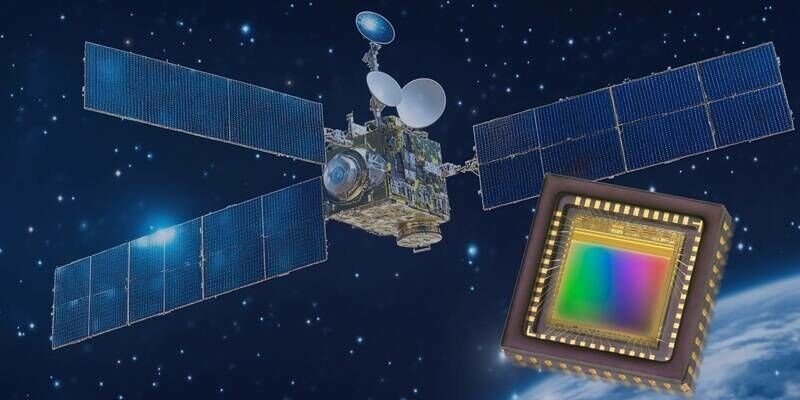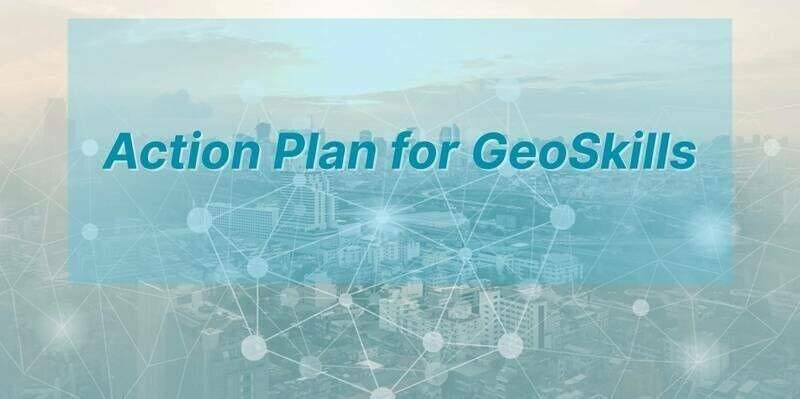Augmented reality creates huge added value for numerous scenarios by adding text/image-based information levels that are invisible to the human eye.
Interactive learning experience
At INTERGEO 2016, for example, the Berlin-based Game Science Center (GSC) will be presenting its augmented reality sandbox. Transported back to their childhood, visitors will dig in actual sand and see how contour lines and levels simultaneously adapt to the newly created topography. AR makes this possible. Children and adults alike learn to read maps and understand their geography interactively through play. The AR sandbox is by no means simply an (educational) toy, though. It can be adapted for tasks such as planning the location of wind turbines or measures for protecting against tsunamis.
Back to the past
The geomatics team from HafenCity University in Hamburg is also exhibiting at INTERGEO 2016. Researchers there have increasingly been using augmented reality just recently, combining it with 3D models recorded photogrammetrically or by means of laser scanning to visualise archaeological or historical architecture data. Visitors to the 500-year-old “Alt Segeberger Bürgerhaus” museum will thus in future be able to experience the building as it looked 100, 200 or 300 years ago.
AR and GIS
Scientific applications and research projects are far from the only uses for augmented reality, though. At INTERGEO 2016, for example, Austrian GIS supplier Grintec will be exhibiting the fully 3D/AR-enabled mobile GIS Augview. This innovation combines the conventional map view from the 2D or 3D GIS data with the augmented reality view. All the details that otherwise remain hidden from the human eye suddenly become real – from underground pipes running below streets, hydrants or waterworks valves that are no longer visible in the event of floods to newly planned houses and municipal installations of all kinds. Thanks to the AR view, all this is intuitively recorded and quickly grasped. The geospatial AR application can do far more than simply visualise things, though. Connection to an external GNSS receiver enables field staff to enter measurements directly into the GIS with centimetre accuracy. Utility companies and municipalities are already using this cutting-edge technology because it enables them to avoid costly errors, improve their quality and make their processes more efficient. Dominik Gärner, Project Engineer at Grintec, is convinced that AR will take off with the increasing digitisation of the business world.
3D and AR are booming
Esri Deutschland GmbH shares this belief that 3D and AR are the next big thing in the industry and has already integrated virtual reality (VR) into its 3D product line. As part of an innovation network entitled “Morgenstadt – City Insights”, for example, Esri is using 3D technology and VR to work on predicting, developing and implementing innovations for tomorrow’s cities. The GIS supplier is involved in this Fraunhofer Institute initiative with its 3D-enabled ArcGIS technology (ArcGIS platform and Esri CityEngine). In 3D urban models, which have become a key planning tool for towns and cities, the intention is to involve inhabitants in the planning process. 3D plans in conjunction with AR and VR make planning processes more transparent and the innovative involvement of city dwellers creates a real-time experience. Simulations of the spread of noise/pollutants or of areas exposed to the sun or in the shade help workable, sustainable decisions to be reached.
These and many other AR and VR applications will be on show at INTERGEO 2016 from 11 to 13 October 2016 in Hamburg.
Information: www.intergeo.de
About INTERGEO
INTERGEO, which consists of a conference and a trade fair, is the world’s largest event for geodesy, geoinformation and land management. It is held every year at different venues in Germany. The conference deals with current issues from politics, administration, science and industry, and had around 1,200 participants. At last year’s leading trade fair, more than 16,500 visitors from 90 countries discovered the latest innovations from 549 companies from 30 different countries.
Visitor, exhibitor and exhibition area statistics for INTERGEO are calculated and certified in line with the standardised definitions of the FKM (Society for the Voluntary Control of Fair and Exhibition Statistics).
INTERGEO’s continuing aim is to facilitate process optimization in numerous target markets with the geo-IT potential it showcases. Its forthcoming venues are the internationally renowned exhibition cities of Hamburg in 2016, Berlin in 2017 and Frankfurt am Main in 2018.
DVW – German Society for Geodesy, Geoinformation and Land Management is the host of INTERGEO.
Info:
www.intergeo.de and www.intergeo-tv.com
PRESS-CONTACT
Denise Wenzel
Tel. +49 (0)721/831424-710
E-Mail: [email protected]
Subscribe to our newsletter
Stay updated on the latest technology, innovation product arrivals and exciting offers to your inbox.
Newsletter

